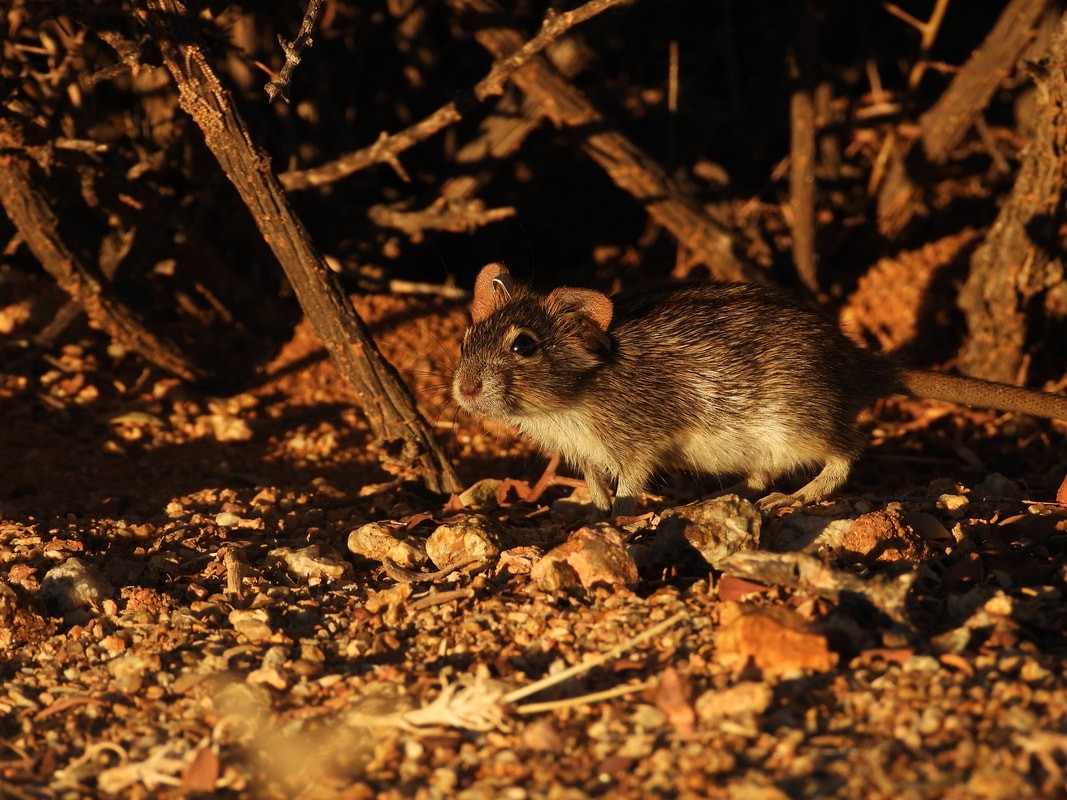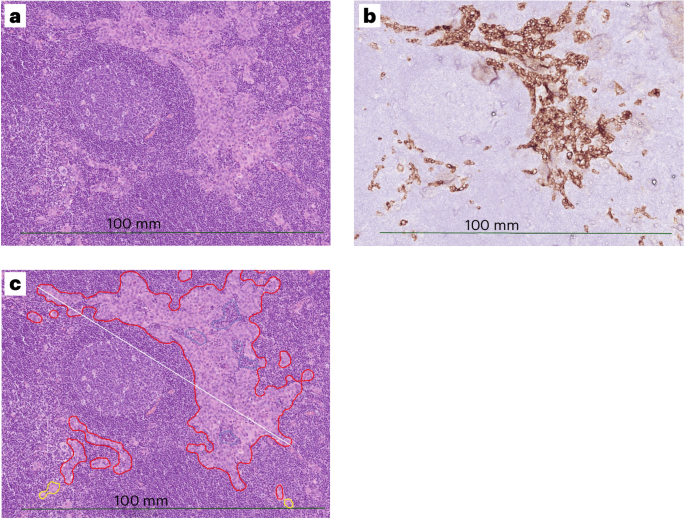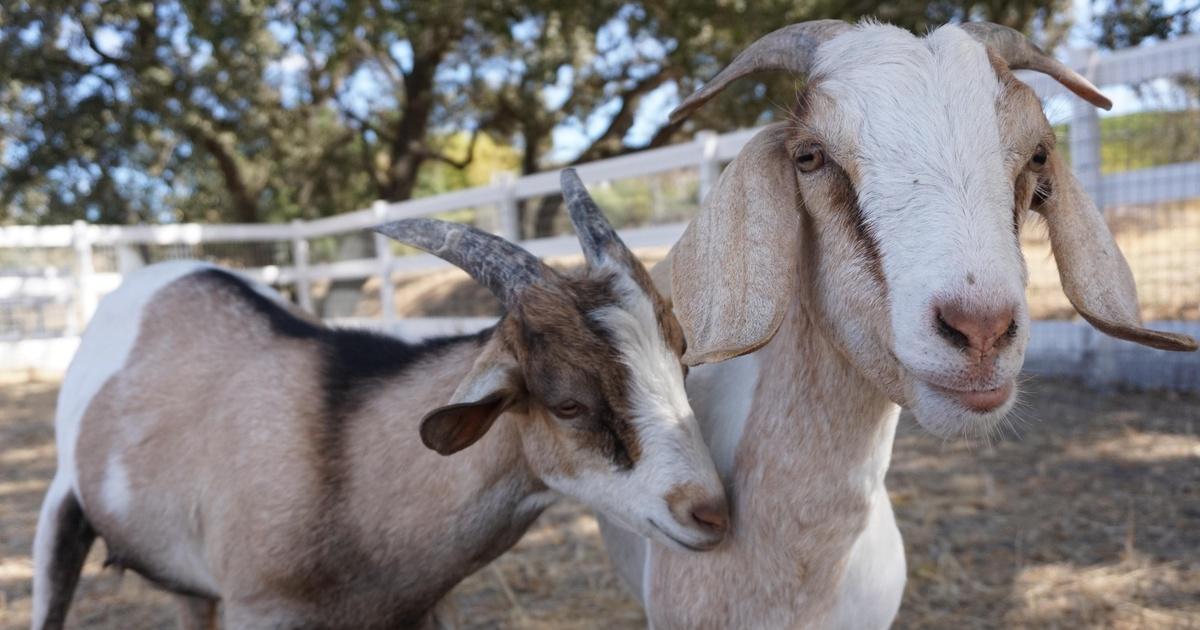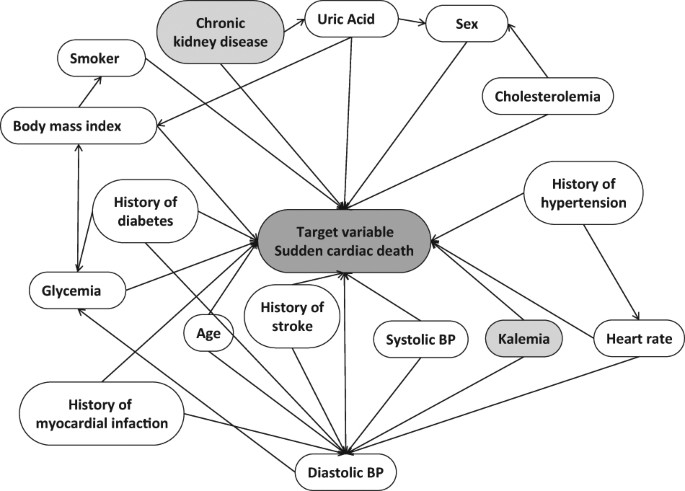
- Select a language for the TTS:
- UK English Female
- UK English Male
- US English Female
- US English Male
- Australian Female
- Australian Male
- Language selected: (auto detect) - EN
Play all audios:
Lire en français The brain of a four-striped grass mouse, _Rhabdomys pumilio,_ weighs 9.6% less during the hot and dry Southern African summers than in winter, a paper in _Mammalian Biology_
has reported. The mouse is the first southern hemisphere animal in which researchers found such ‘brain shrinking’, (known as Dehnel’s phenomenon), to survive harsh conditions. It is also
the first time that such changes have been noted in subtropical climates, and in rodents. Dehnel’s phenomenon had only been described in a handful of animals from Europe, such as shrews,
moles and weasels, that need to survive food scarcity during icy winters. It refers to reversible changes to the mass of an animal’s brain or other internal organs, or to its skeletal size.
The phenomenon was first described in 1949 by biologist, August Dehnel, among common shrews, _Sorex araneus,_ in Poland. Project leader, Carsten Schradin, of the School of Animal, Plant and
Environmental Sciences at the University of the Witwatersrand in South Africa and University of Strasbourg in France explains that stressful situations such as an encounter with a predator
or competitor activate physiological responses that boost animals’ energy levels. The reverse happens with those living in harsh environments, as their bodies, in different ways, “shut down”
to save energy. Another co-author, Neville Pillay, from the University of the Witwatersrand, explains that the mice “have multiple ways to cope. They can modify their behaviour, physiology
and morphology. It is unusual for an organism to show changes in more than one phenotype, because of associated energy and mechanical costs. We predict that these help striped mice survive
extreme conditions, but how they evolve these multiple tools is still a mystery,” he says.








